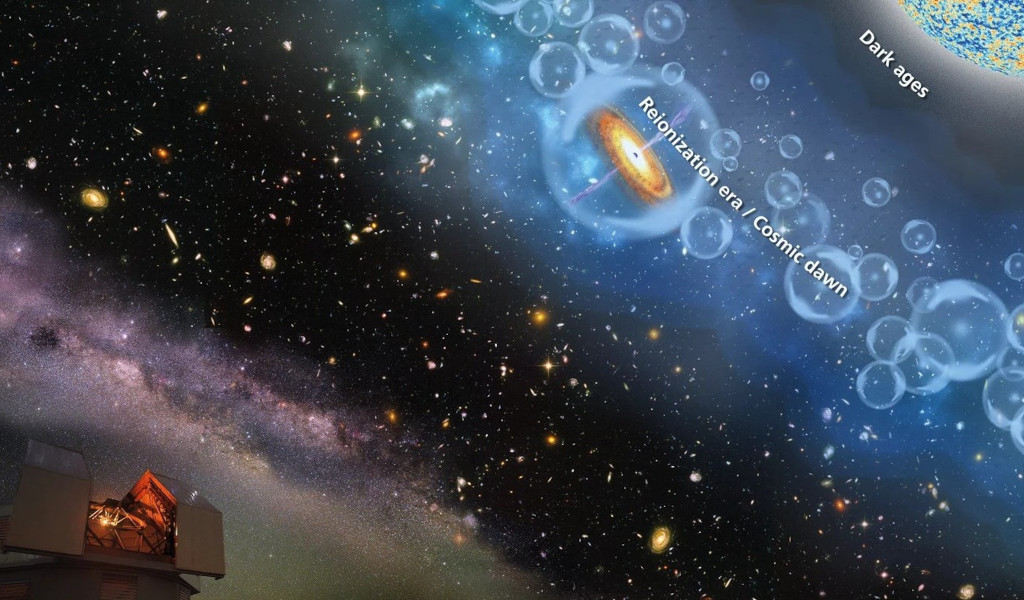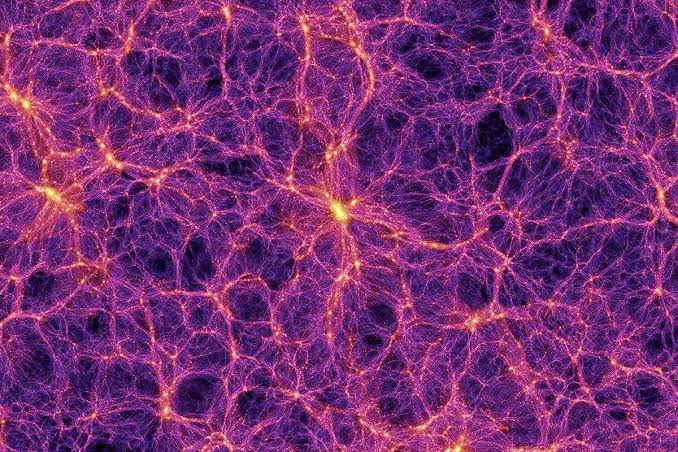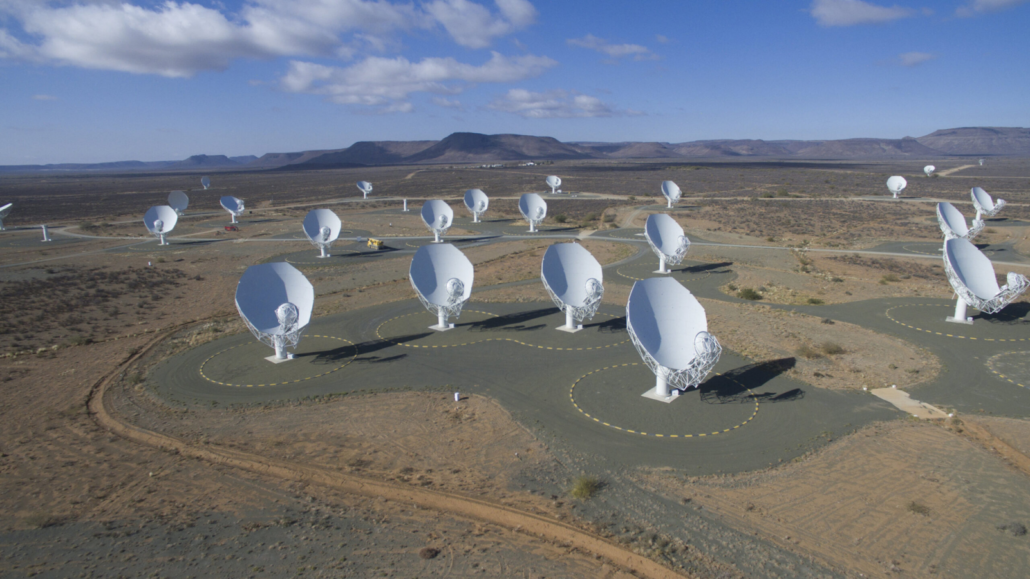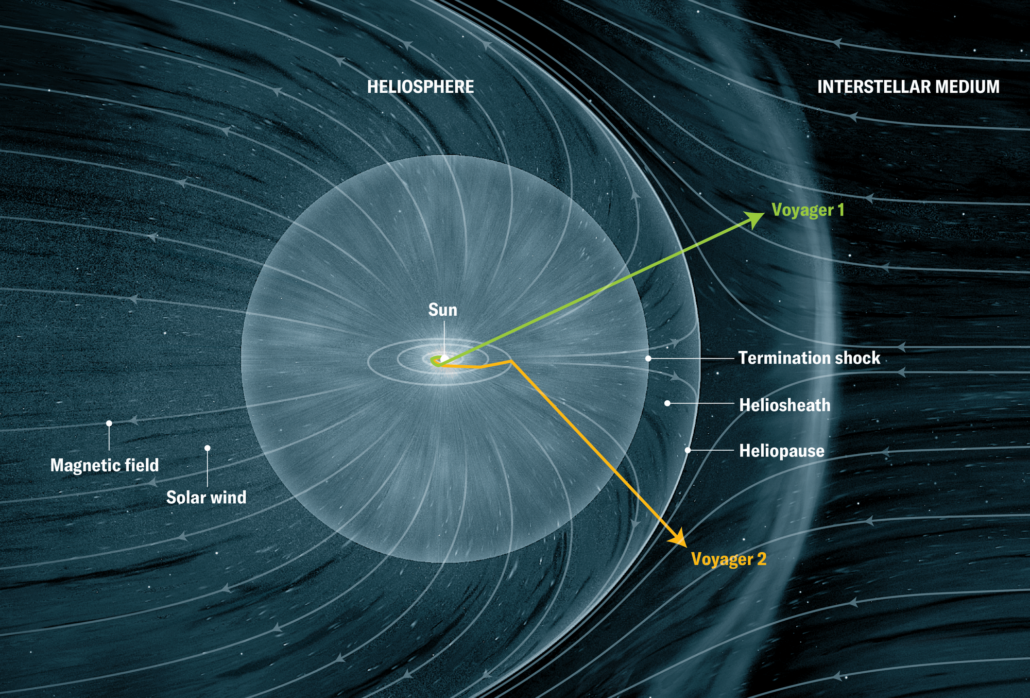Cosmology and Large-scale Structure (CLSS)
Cosmology studies the universe as a whole. Theoretical cosmology builds theories of the birth and evolution of the universe, and observational cosmology studies the large-scale structure (LSS) in order to test those theories and make a spatio-temporal map of cosmos. LSS contains groups and clusters of galaxies organized in a vast network called the cosmic web. During the first billion years of the universe, the intergalactic media became ionized as more galaxies formed, and over the first few billion years cosmic voids built up due the clustering of galaxies in overdense regions. Within this broad area, our researchers work on radio observations of cosmic hydrogen from the cosmic dawn, dark ages and the epoch of reionization, and on the optical observation of early galaxies.






